What do we hope to achieve by analysing suckler herd performance?
The exercise of pulling these numbers together is not about the numbers – it is about the questions that you can then ask once you have the numbers in front of you.
Having a sheet of paper with numbers on it does not change the performance of a herd one iota. Those numbers need to be looked at and if they do not match up to expectations, questions need to be asked as to why they look like they do.
The first step in the process is to gather the data. Table 1 is an example of a sheet that can be used to pull all the data together.
The beauty of most of the details that are required for the table is that they are already there on the farm and just need to be collated.
Number of cows scanned in-calf and number of empty cows
Working down through the table, the first measure is the number of cows in-calf and the number of empties. For a cow to have a calf, she must first be in-calf! If this number is below the benchmark, then the questions to ask are:
What is the historical level of fertility in the herd?Were the cows in good enough condition going to the bull?Did they have enough feed of good enough quality during bulling?Was the bull observed working?Was the bull checked for soundness pre-breeding?Have the cows been stressed since bulling?Number of cows calved
The next step is to count how many cows had a calf, either live or dead. This diagnoses whether there have been losses during pregnancy. If this number falls short, questions that could be asked are:
Are there any underlying health conditions that have caused reabsorption or abortion?Has nutrition been sufficient through pregnancy?Number of calves born, number of twins and number of calves born dead
Tied to this is the number of calves born, both live and dead. The data from this also completes the following two lines, number of sets of twins and the number of calves born dead.
If these numbers are not meeting the benchmark, questions that could be asked to seek the causes are:
Are calves stillborn or being lost during birth?Are calves being born alive but not surviving for more than 24 hours?Are the cows in the correct condition for calving?Number of calves dying more than one day old
Calves dying within 24 hours of birth generally have a different cause of death as those dying at more than one day old.
Those dying in the earlier stages of life often have causes of death linked back to a lack of colostrum. Indeed, even some dying later in their first year can still have causes linked back to insufficient colostrum in early life.
Questions that could be asked here are:
Are calves receiving adequate colostrum?Are there any reasons that the calf is not receiving sufficient colostrum?Is the cow diet enough to produce good-quality colostrum?Is calving area hygiene good enough to minimise disease transfer?Number of calves weaned
This is the key measure that we are looking for. All of the above are stops on the journey to weaning the calf.
In the current climate, cows that don’t raise a calf are an expense that the business cannot support. There are few questions to be asked at this point as the key questions have been raised at the previous points.
Calving spread
Finally, calving spread. This is calculated either by the dates the bulls joined and left the cows or by the days between the first and last calf born to the group.
Some of the farms in the Farm Profit Programme have more than halved the total length of the calving period, with one having reduced it from 42 weeks pre-programme to 14 weeks last year, with a long-term aim of reducing it to 12.
This has led to a number of improvements for the business:
Less batches of cows and calves to deal with.Lower workload for the same number of animals.Less tail-end calves in a batch as they are all born in a tighter window.Simpler treatment regime as animals are generally at a similar stage.One of the reasons for the calving pattern being so long was that the bulls were left with the cows to make sure that they were in-calf.
However, this also meant that cows that were less fertile were allowed a free ride in the herd while many of their counterparts were working much harder.
The difficulty with fixing this situation is that setting a defined short bulling period would have meant a huge empty rate, affecting the rest of the data and thus the profitability of the herd. Instead, the calving pattern has been shortened over a few years, meaning that the empty rate is lower.
What do we hope to achieve by analysing suckler herd performance?
The exercise of pulling these numbers together is not about the numbers – it is about the questions that you can then ask once you have the numbers in front of you.
Having a sheet of paper with numbers on it does not change the performance of a herd one iota. Those numbers need to be looked at and if they do not match up to expectations, questions need to be asked as to why they look like they do.
The first step in the process is to gather the data. Table 1 is an example of a sheet that can be used to pull all the data together.
The beauty of most of the details that are required for the table is that they are already there on the farm and just need to be collated.
Number of cows scanned in-calf and number of empty cows
Working down through the table, the first measure is the number of cows in-calf and the number of empties. For a cow to have a calf, she must first be in-calf! If this number is below the benchmark, then the questions to ask are:
What is the historical level of fertility in the herd?Were the cows in good enough condition going to the bull?Did they have enough feed of good enough quality during bulling?Was the bull observed working?Was the bull checked for soundness pre-breeding?Have the cows been stressed since bulling?Number of cows calved
The next step is to count how many cows had a calf, either live or dead. This diagnoses whether there have been losses during pregnancy. If this number falls short, questions that could be asked are:
Are there any underlying health conditions that have caused reabsorption or abortion?Has nutrition been sufficient through pregnancy?Number of calves born, number of twins and number of calves born dead
Tied to this is the number of calves born, both live and dead. The data from this also completes the following two lines, number of sets of twins and the number of calves born dead.
If these numbers are not meeting the benchmark, questions that could be asked to seek the causes are:
Are calves stillborn or being lost during birth?Are calves being born alive but not surviving for more than 24 hours?Are the cows in the correct condition for calving?Number of calves dying more than one day old
Calves dying within 24 hours of birth generally have a different cause of death as those dying at more than one day old.
Those dying in the earlier stages of life often have causes of death linked back to a lack of colostrum. Indeed, even some dying later in their first year can still have causes linked back to insufficient colostrum in early life.
Questions that could be asked here are:
Are calves receiving adequate colostrum?Are there any reasons that the calf is not receiving sufficient colostrum?Is the cow diet enough to produce good-quality colostrum?Is calving area hygiene good enough to minimise disease transfer?Number of calves weaned
This is the key measure that we are looking for. All of the above are stops on the journey to weaning the calf.
In the current climate, cows that don’t raise a calf are an expense that the business cannot support. There are few questions to be asked at this point as the key questions have been raised at the previous points.
Calving spread
Finally, calving spread. This is calculated either by the dates the bulls joined and left the cows or by the days between the first and last calf born to the group.
Some of the farms in the Farm Profit Programme have more than halved the total length of the calving period, with one having reduced it from 42 weeks pre-programme to 14 weeks last year, with a long-term aim of reducing it to 12.
This has led to a number of improvements for the business:
Less batches of cows and calves to deal with.Lower workload for the same number of animals.Less tail-end calves in a batch as they are all born in a tighter window.Simpler treatment regime as animals are generally at a similar stage.One of the reasons for the calving pattern being so long was that the bulls were left with the cows to make sure that they were in-calf.
However, this also meant that cows that were less fertile were allowed a free ride in the herd while many of their counterparts were working much harder.
The difficulty with fixing this situation is that setting a defined short bulling period would have meant a huge empty rate, affecting the rest of the data and thus the profitability of the herd. Instead, the calving pattern has been shortened over a few years, meaning that the empty rate is lower.




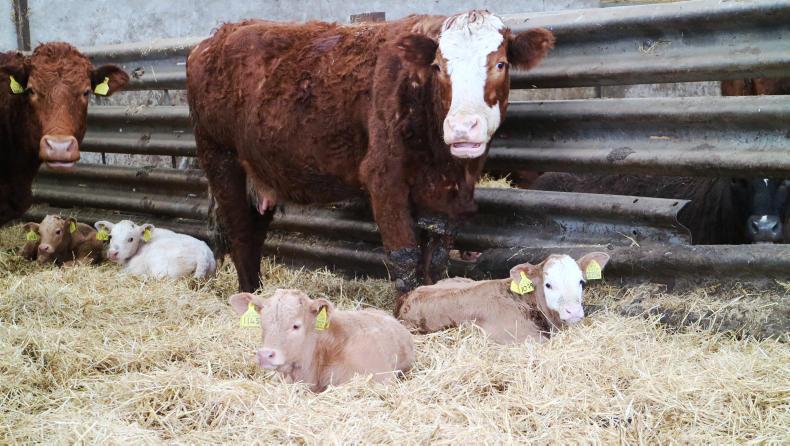
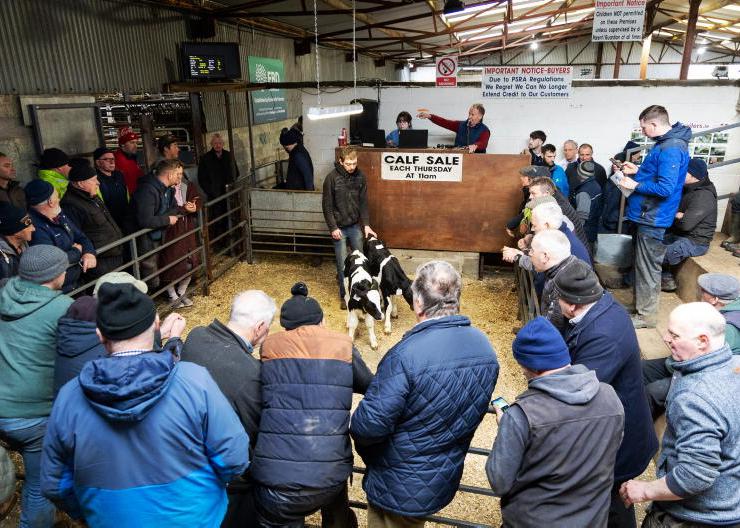

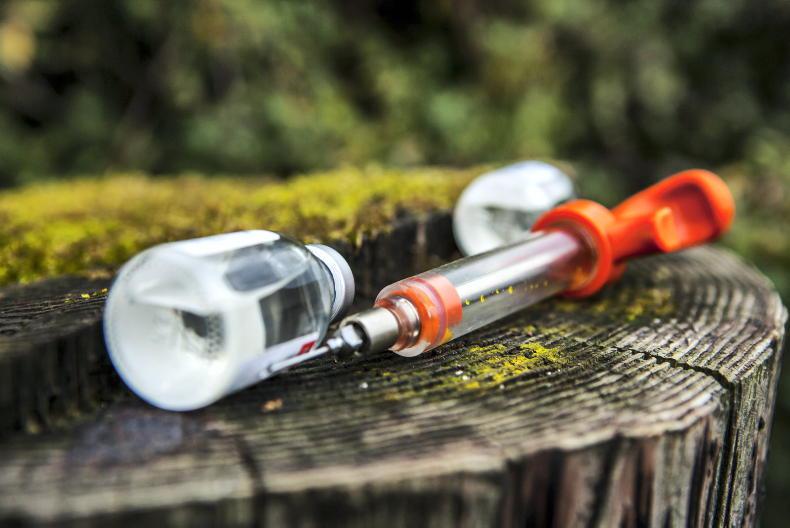
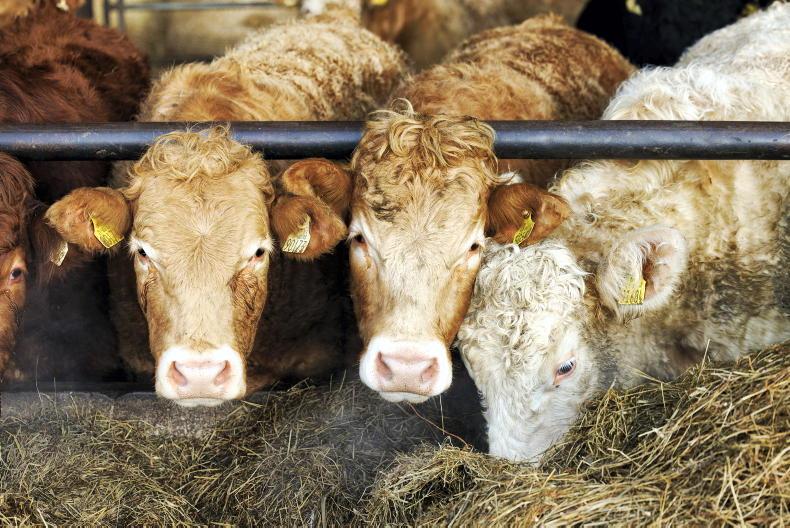
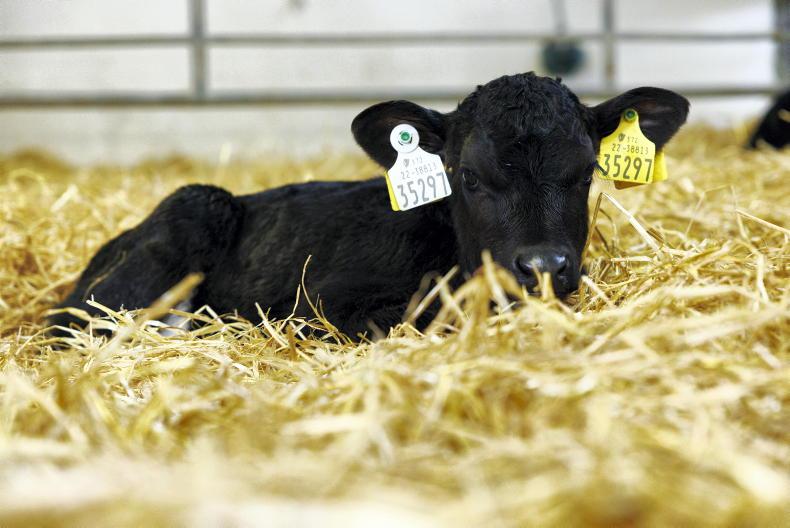
SHARING OPTIONS